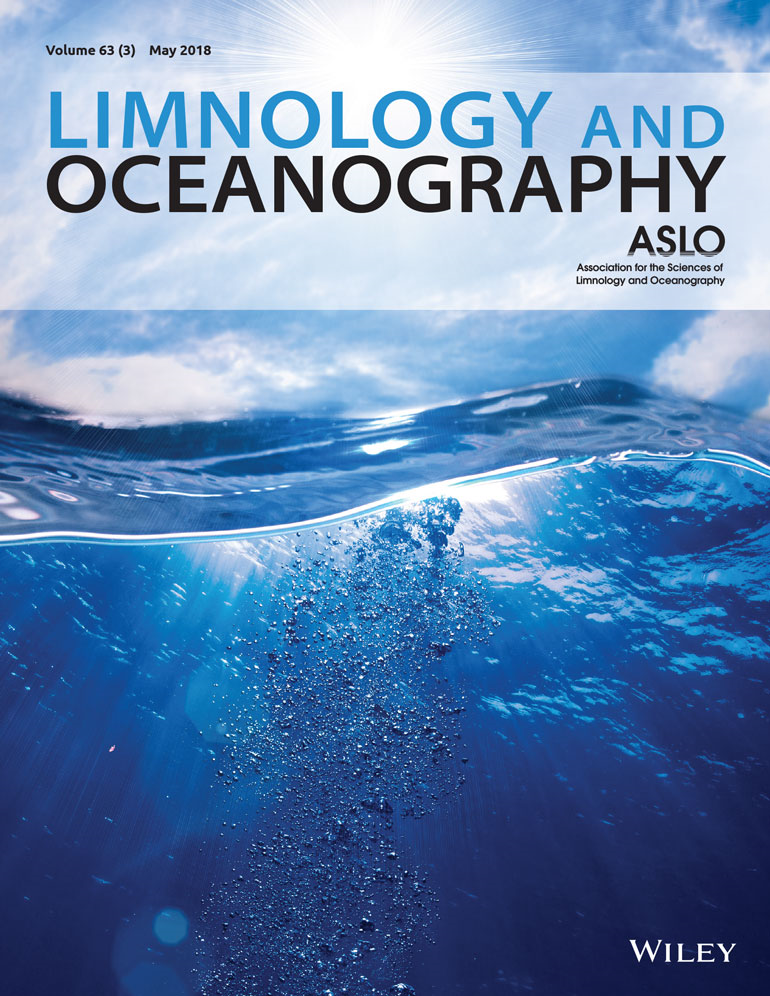- Department:Directorate
The complexity of urban eco-evolutionary dynamics
Urbanization is a complex process that impacts both the ecology and evolution of species. The researchers identified five key urban drivers of this change and highlight the direct consequences of urbanization-driven eco-evolutionary change for nature’s contributions to people. They subsequently explored five emerging complexities that need to be tackled in future research.
Food nutrient availability affects epibiont prevalence and richness in natural Daphnia populations
A field survey along a food quantity and quality gradient revealed that both host population density as well as prevalence and diversity of epibionts (i.e. organisms living on a host) in the water flea Daphnia pulex are significantly affected by phytoplankton N:P ratio. A laboratory experiment using Daphnia magna confirmed that P‐limitation affects infestation by epibionts.
Set ambitious goals for biodiversity and sustainability
The deep biodiversity crisis calls for effective targets for its preservation. The authors argue for a “safety net” made up of multiple interlinked and ambitious goals to tackle nature’s alarming decline. No single target captures the broad range of biodiversity components that are dependent on each other. The study outlines the scientific basis for redesigning the new set of biodiversity goals.
Urbanization drives cross-taxon declines in abundance and diversity at multiple spatial scales
This comprehensive study analyses the relationship between urbanization and biodiversity across multiple aquatic and terrestrial animal groups and at multiple spatial scales. The study reveals an overall strong negative impact of urbanization on both abundance and species richness within habitat patches. The study highlights the importance of considering multiple spatial scales and taxa.
Evolutionary origins for ecological patterns in space
Does evolution influence ecological patterns in space? The authors synthesized 500 studies to develop a predictive framework for whether and when evolution amplifies, dampens, or creates ecological patterns. They show that local adaptation can alter spatial variation in population, community and ecosystem features. Dampening of ecological differences is the most prominent effect of evolution.






